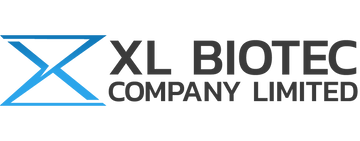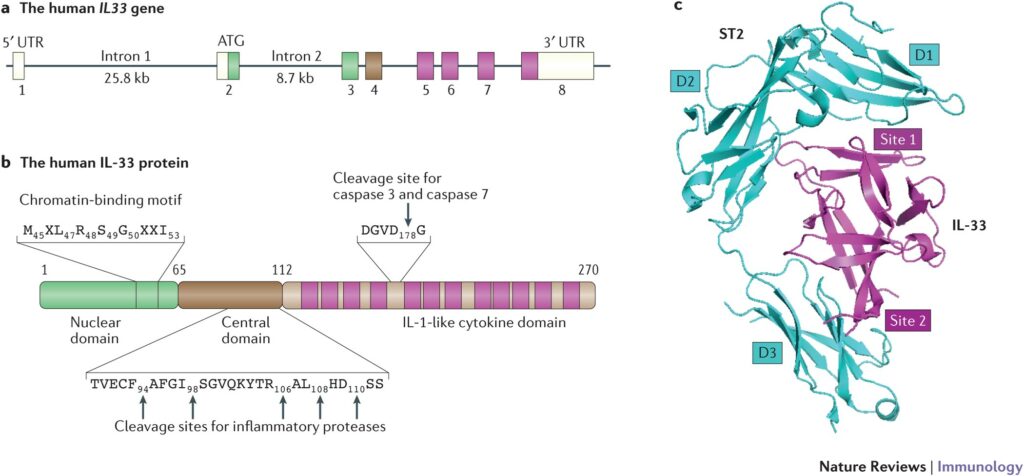Blog Post
Unveiling the Versatility of Interleukin-33 (IL-33) in Immune Responses
Introduction Interleukin-33 (IL-33) has emerged as a pivotal player in immune regulation, impacting various facets of immune responses and inflammatory pathways. In this blog post, we delve into the multifunctional roles of IL-33, its cellular interactions, and its significance in health and disease.
Understanding Interleukin-33 (IL-33) IL-33, initially identified as an IL-1 family member, possesses diverse functions beyond its traditional role. It is produced by various cell types, including epithelial and endothelial cells, and exerts its effects through multiple signaling pathways.
Key Functions of IL-33
- Immune Activation: IL-33 serves as an alarmin, alerting the immune system to tissue damage or stress by activating immune cells such as mast cells, eosinophils, and T helper 2 (Th2) cells.
- Inflammatory Regulation: IL-33 modulates inflammatory responses, promoting the production of cytokines such as interleukin-5 (IL-5) and interleukin-13 (IL-13) while inhibiting pro-inflammatory cytokines like tumor necrosis factor-alpha (TNF-α) and interleukin-6 (IL-6).
- Tissue Repair: IL-33 plays a role in tissue repair and homeostasis, contributing to wound healing processes and maintaining barrier integrity in epithelial tissues.
Clinical Relevance and Disease Associations
- Allergic Disorders: IL-33 is implicated in allergic diseases such as asthma, allergic rhinitis, and atopic dermatitis, where its dysregulation contributes to inflammatory responses and allergic sensitization.
- Inflammatory Diseases: IL-33’s involvement extends to autoimmune and inflammatory conditions like rheumatoid arthritis, inflammatory bowel disease (IBD), and atherosclerosis, influencing disease progression and immune dysregulation.
- Cancer Immunity: IL-33’s dual role in promoting anti-tumor immunity and modulating tumor microenvironments suggests potential therapeutic applications in cancer immunotherapy and tumor suppression.
Therapeutic Potential and Future Perspectives The multifaceted functions of IL-33 highlight its potential as a therapeutic target in immune-mediated disorders, allergic conditions, and inflammatory diseases. Ongoing research aims to elucidate IL-33’s precise mechanisms and develop targeted therapies to harness its immunomodulatory effects.
Conclusion Interleukin-33 (IL-33) emerges as a versatile cytokine with profound implications in immune regulation, inflammation, and tissue homeostasis. Unraveling the complexities of IL-33 biology offers new insights into therapeutic strategies and precision medicine approaches for immune-related ailments.


